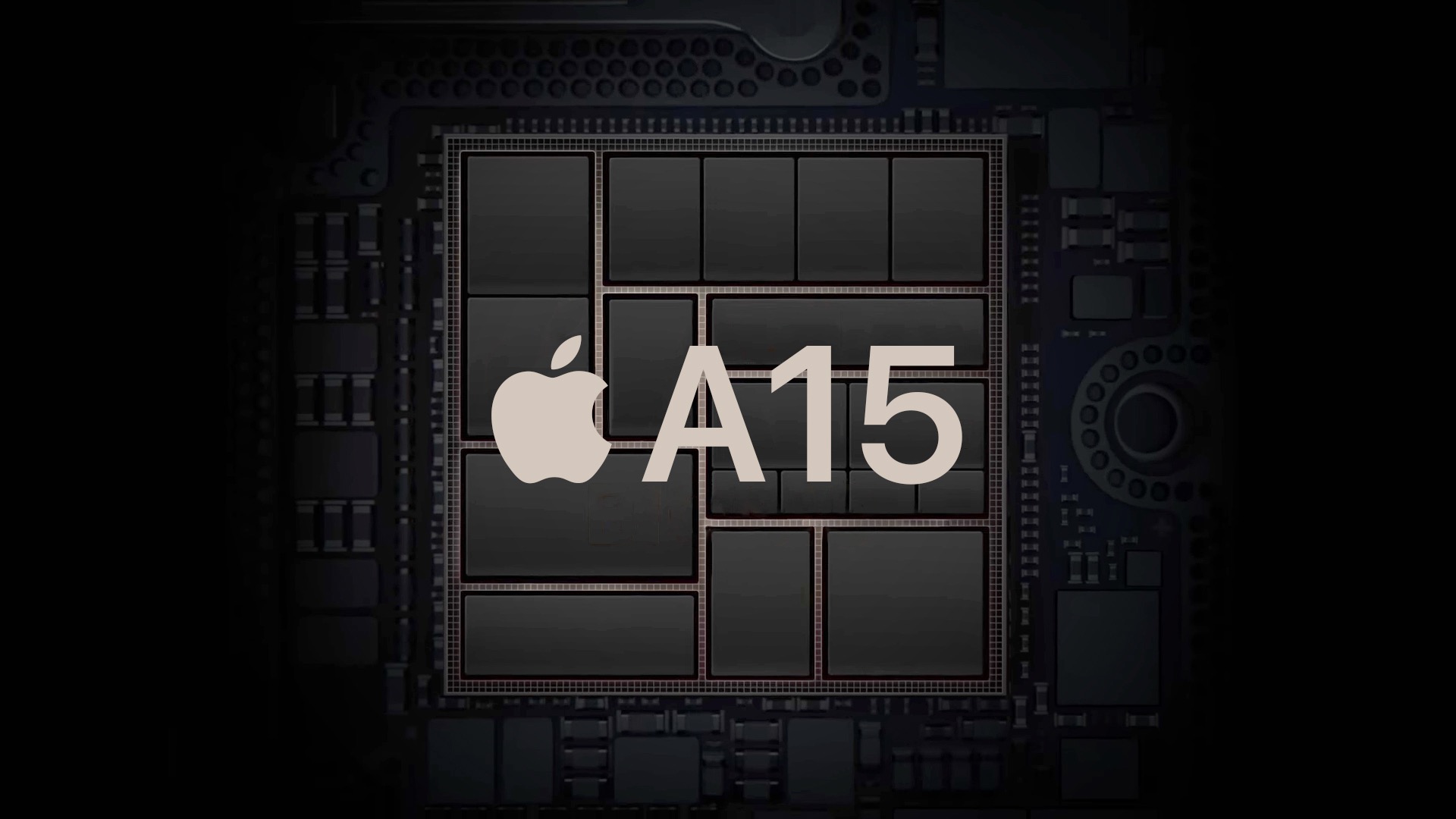
Compared to the competition, the A15 isn't +50 faster as Apple claims, but rather +62% faster. While Apple's larger cores are more power hungry, they're still a lot more energy efficient.Two new CPU microarchitectures feature in the A15, both for the two performance cores and the four efficiency cores, which are likely made on a 5nm+ process, which TSMC refers to as N5P, a "performance-enhanced version" of its 5nm process that allows for higher maximum frequencies.
On top of this, AnandTech notes that the A15 system cache has been boosted to 32MB, which is double the system cache compared to the A14. This doubling "dwarfs the competition" and is a "key factor in the power efficiency of the chip, being able to keep memory accesses on the same silicon rather than going out to slower, and more power inefficient DRAM," says the report.
Apple has also overseen a 50% growth in the level 2 cache of the A15's performance cores, up from 8MB to 12MB, which AnandTech calls "humungous," as it's now the same L2 size as Apple's M1 chip, and over double compared to other designs like the Snapdragon 888. These cache boosts help the A15 to eke out "impressive" gains from a performance core microarchitecture that doesn't differ much from last year's A14, while an additional integer ALU and faster memory subsystem in the efficiency cores only adds to the performance improvements.
Apple A15 performance cores are extremely impressive – usually increases in performance always come with some sort of deficit in efficiency, or at least flat efficiency. Apple here instead has managed to reduce power whilst increasing performance, meaning energy efficiency is improved by 17% on the peak performance states versus the A14.As for the new A15 GPU, AnandTech calls it "absolutely astonishing," as it showcases improvements that are well above Apple's marketing claims. The only real criticism in the review is the amount of throttling on the iPhone 13 Pro, which AnandTech believes is down to the new PCB design.
Apple's overall iPhone thermal design is said to be "definitely amongst the worst out there, as it doesn't do a good job of spreading the heat throughout the body of the phone." However, even with their somewhat limited thermal capacity, the iPhone 13 models are "still vastly faster and give out a better gaming experience than competitive phones."
In sum, AnandTech says the A15 improvements are "substantial" and believes the efficiency improvements are "key" to the vastly longer battery life seen on the iPhone 13 series. "While the A15 isn't the brute force iteration we've become used to from Apple in recent years, it very much comes with substantial generational gains that allow it to be a notably better SoC than the A14."
Related Roundups: iPhone 13, iPhone 13 Pro
Tag: anandtech.com
Buyer's Guide: iPhone 13 (Buy Now), iPhone 13 Pro (Buy Now)
Related Forum: iPhone
This article, "Apple's A15 Chip Faster Than Company's Own Claims in Independent Tests" first appeared on MacRumors.com
Discuss this article in our forums
0 Commentaires